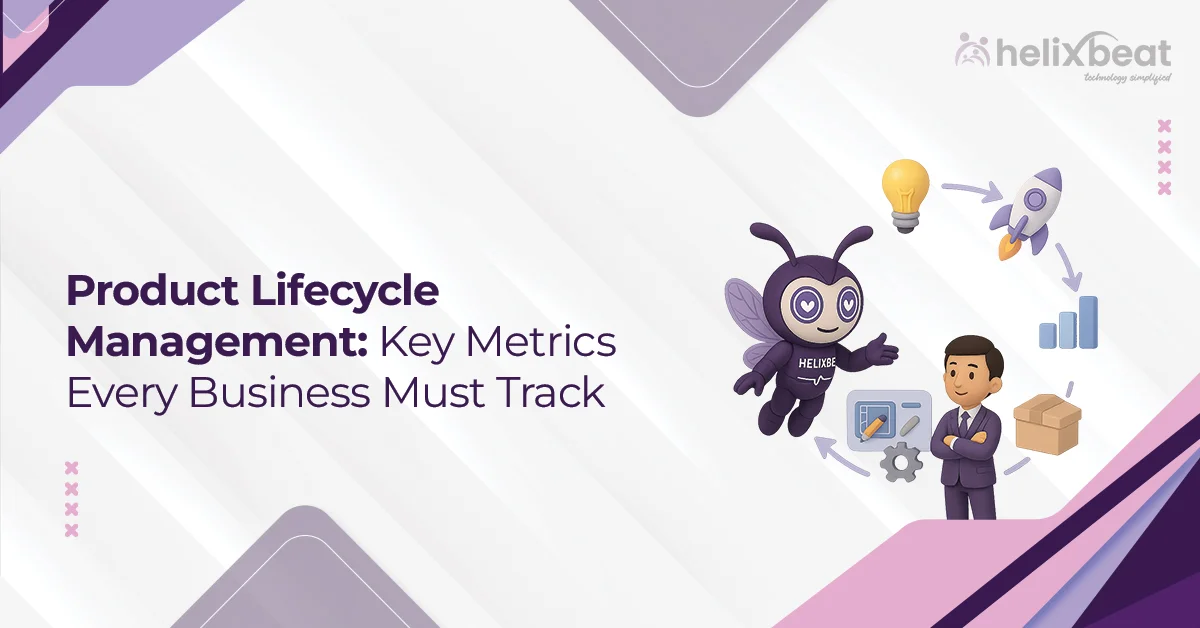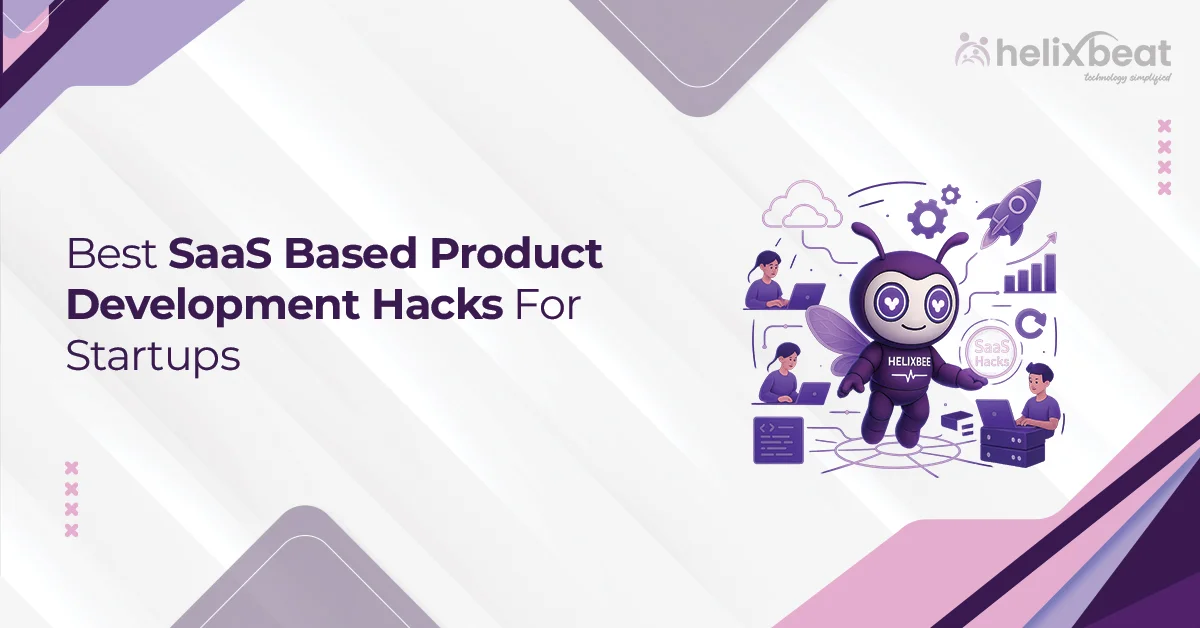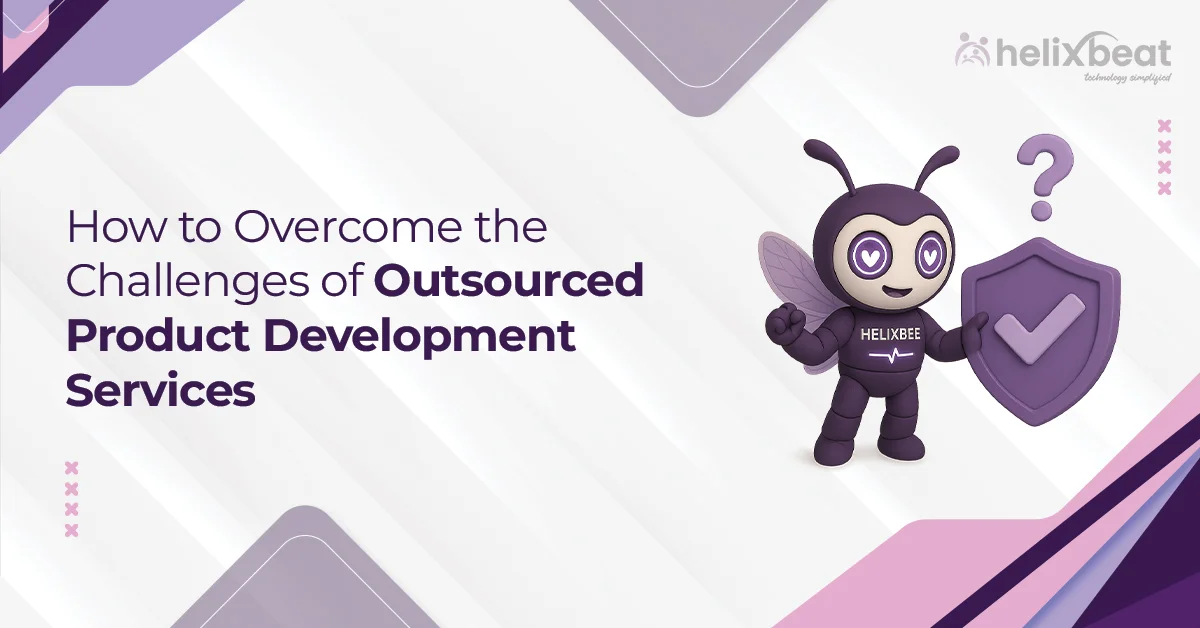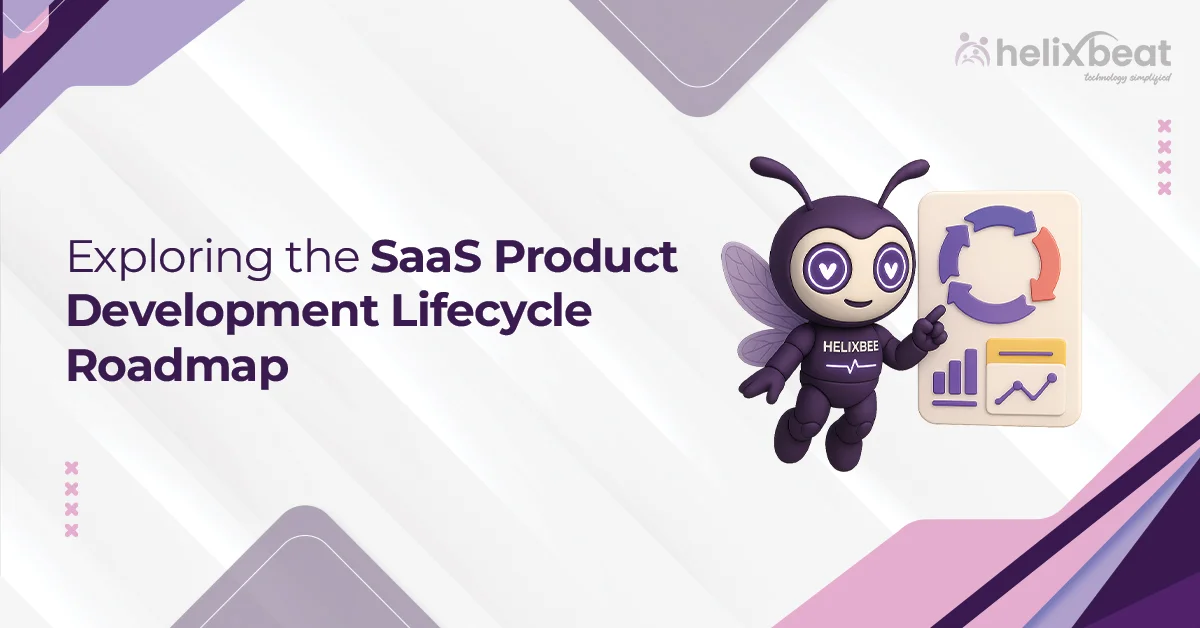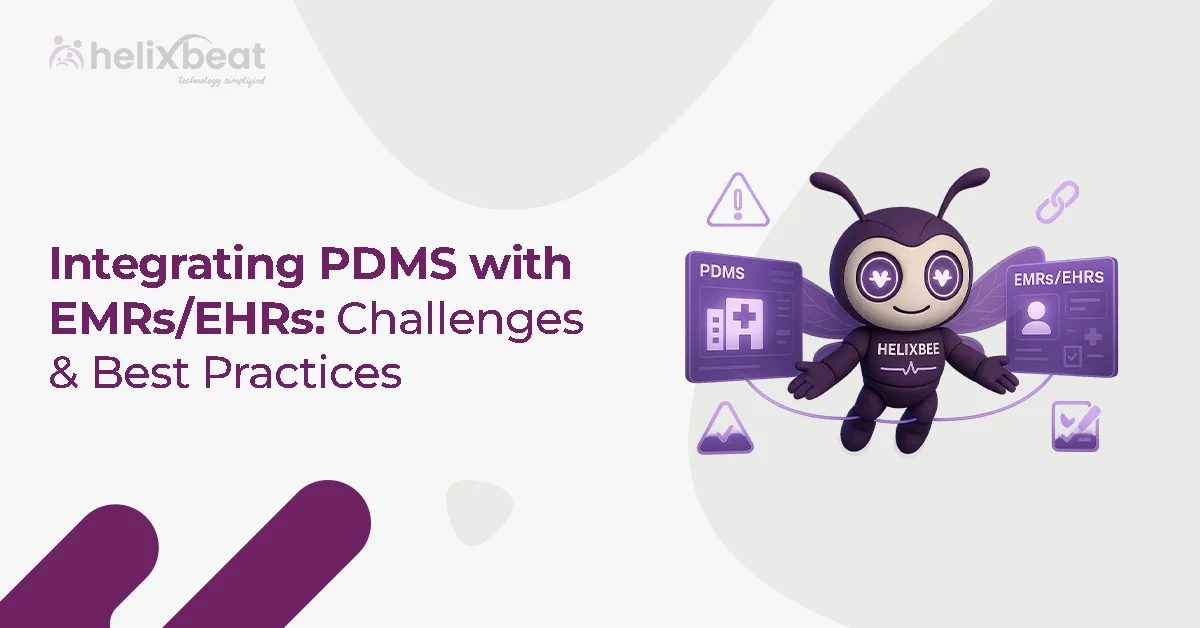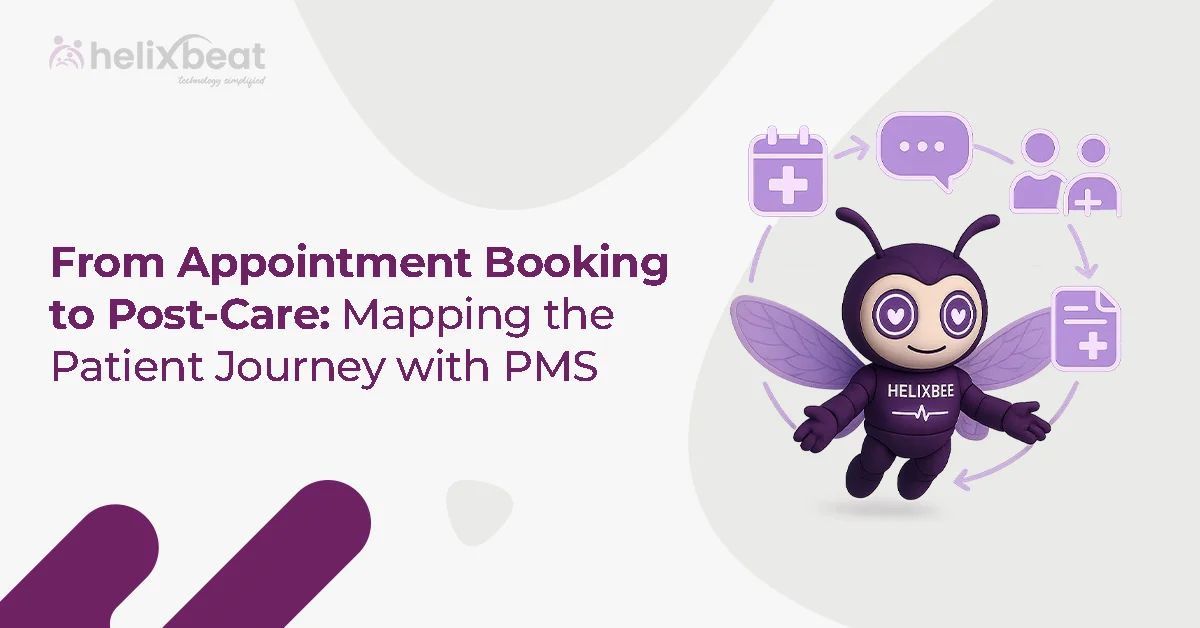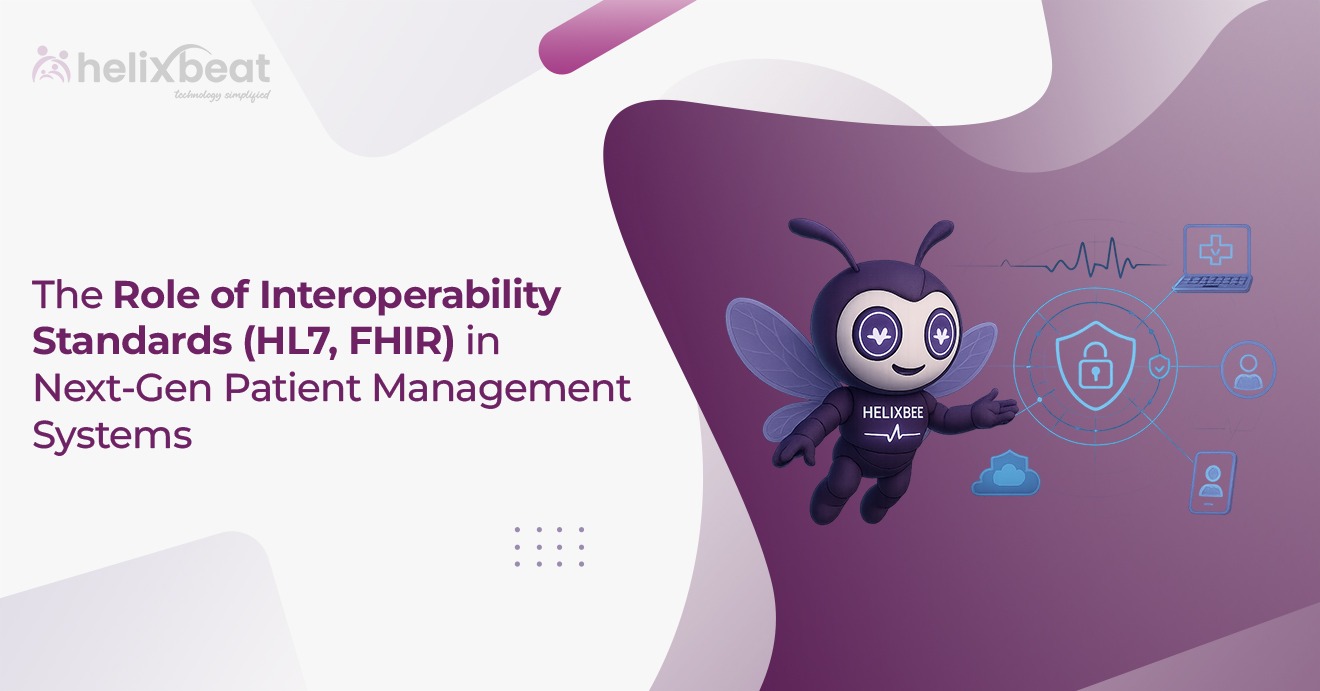A fintech startup launched its mobile app with much fanfare. But within days, customer complaints flooded in—failed transactions, delayed notifications, and unexpected crashes. The culprit? A critical feature that hadn’t been thoroughly tested. That launch didn’t just cost them users; it damaged their reputation.
This is exactly why robust software testing services are essential. Because it’s not just about spotting bugs—it’s about building trust, reducing risk, and delivering products that offer real value. In this blog, we’ll explore the fundamentals of product testing services, how modern QA testing services operate, and why Helixbeat stands out as a strategic partner for seamless, high-impact launches.
Table of Contents
What Is Product Testing Really About?
Product testing is a structured and strategic process that validates whether a digital product works as intended, performs efficiently, and aligns with user expectations. As a core part of software testing services, it involves various test types designed to assess different dimensions of product quality—from functionality and performance to security and compatibility.
Whether you’re developing a SaaS platform, a mobile app, or enterprise-grade software, product testing services play a critical role in making sure your solution is market-ready. Through rigorous testing, you can confirm that:
- All functionalities behave as expected
- Performance holds up under real-world usage
- Security protocols effectively protect against vulnerabilities
- Compatibility is maintained across devices, operating systems, and browsers
- The user experience is smooth, intuitive, and glitch-free
Types of Product Testing Services
Here’s how QA testing services are typically structured to cover every critical aspect of quality:
- Functional Testing: Validates that each feature performs correctly according to requirements.
- Performance Testing: Measures speed, scalability, and stability under stress or high traffic.
- Security Testing: Detects vulnerabilities that could be exploited by malicious actors.
- Compatibility Testing: Ensures consistent performance across various OSs, devices, and browsers.
- Automation Testing: Accelerates repetitive tests for efficiency and continuous integration.
Together, these software testing services not only detect issues early but also enhance product reliability, user satisfaction, and business reputation.
Why Software Testing Services Matter for Modern Products?
A single user-facing bug can derail onboarding or break trust. In a competitive market where alternatives are just one click away, users have little tolerance for friction.
QA testing services protect more than just product functionality—they safeguard customer satisfaction, brand reputation, and even regulatory compliance. By identifying issues before they reach users, these services help maintain a smooth and trustworthy experience.
It’s the Difference Between a Launch and a Re-Launch
Launching a bug-ridden app often leads to urgent patches, rising support costs, and, in some cases, complete feature overhauls. In contrast, launching a thoroughly tested product builds user confidence and creates brand advocates.
A robust QA process delivers:
- Fewer post-launch bug fixes
- Shorter support cycles
- Faster and more reliable feature releases
- Reduced customer churn
When implemented early and consistently, software testing services can be the difference between product success and costly setbacks.
What Are the Core Strategies Behind Effective Product Testing?
Great testing isn’t accidental—it’s built on proven strategies that align QA with business goals and technical demands.
1. Shift-Left Testing
Effective product testing services begin early. By incorporating QA during the planning and design phases, teams can uncover potential issues before they grow into costly bugs. This proactive approach shortens timelines and improves release quality.
2. Risk-Based Testing
Not all features carry equal weight. QA testing services that use risk-based strategies focus on high-impact areas such as payment gateways, login workflows, and personal data handling. This ensures critical features receive thorough coverage.
3. Continuous Integration and Testing
Modern software testing services rely on automated tests within CI pipelines. Every new commit trigger validation, reducing regression issues and maintaining build stability.
4. Cross-Platform Testing
Today’s users access software across devices and browsers. Product testing services must validate consistency across platforms like Android, iOS, Chrome, Safari, and Firefox to deliver a seamless experience.
5. Test Automation for Scalability
While manual checks catch UX issues, automation enables repeatability and speed. Tools such as Selenium, JUnit, and Appium help QA teams scale testing without sacrificing accuracy.
By combining these strategies, businesses strengthen their software testing foundation and accelerate growth with confidence.
What Makes Helixbeat Stand Out in QA Testing Services?
At Helixbeat, we go beyond traditional QA by delivering holistic, outcome-driven testing solutions tailored to your product goals. Here’s what makes us different:
1. Tailored Product Testing Services
Whether you’re in fintech, healthcare, or retail, we design QA frameworks that are specific to your domain. Our testing strategies aren’t cookie-cutter—they’re custom-built to meet your business needs and user expectations.
2. End-to-End Testing Coverage
We offer a complete suite of software testing services, including:
- Functional Testing to confirm that every feature behaves as expected.
- Performance Testing to assess stability under real-world load conditions.
- Security Testing to identify vulnerabilities and strengthen defenses.
- Compatibility Testing to verify consistent behavior across devices and platforms.
- Automation Testing to accelerate execution using reliable, reusable scripts.
3. Robust Automation Expertise
Our team leverages 20+ advanced tools—including Selenium, JMeter, and Appium—to maximize test coverage and minimize manual errors. This allows us to execute faster and with greater precision.
4. QA Throughout the Product Lifecycle
From initial wireframes to post-launch iterations, we stay engaged at every stage. Our continuous QA support helps you maintain consistent performance even as your product evolves.
5. Measurable ROI and Faster Time-to-Market
We don’t just help you catch bugs—we help you move faster and smarter. Our clients typically experience:
- A 35% boost in release speed
- An 80% drop in post-launch defects
- Up to 25% reduction in long-term QA costs
When you partner with us, QA becomes more than just a checkpoint—it becomes a growth driver.
Best Practices for Implementing Product Testing
A successful QA process doesn’t happen by chance—it’s built on the foundation of clear, consistent practices. Here’s how we at Helixbeat approach product testing to deliver quality at scale.
Start With a Clear Testing Plan
Before we write a single test case, we align on objectives, scope, timelines, tools, and roles. This clarity helps our software testing services stay focused and measurable throughout the development lifecycle.
Focus on the User Journey
We don’t just test features in isolation—we simulate real-world usage. For example, a login module may function well in development, but what happens when 100,000 users log in simultaneously? Our product testing services are designed to uncover these edge cases early.
Don’t Rely on Manual Testing Alone
Manual testing has its place, especially for UI validation and exploratory testing. But for regression and large-scale workflows, automation through our qa testing services allows us to maintain speed and accuracy.
Prioritize Feedback Loops
We continuously integrate insights from stakeholders and end users to adapt the test strategy as the product evolves.
Test Early, Test Often
The earlier we catch bugs, the less expensive they are to fix. That’s why we embed functional testing into the development phase—not after it.
Final Words
Product success depends not only on innovation but also on flawless execution. A bug-free launch builds user confidence, a seamless experience drives adoption, and consistent performance earns long-term loyalty.
At Helixbeat, our software testing services, tailored product testing services, and advanced QA testing services are designed to make that success repeatable. From ideation to launch and every update that follows, we bring structure, strategy, and speed to every step of your testing journey.
Ready to elevate your product with dependable QA support? Let Helixbeat help you test smarter, launch faster, and scale with confidence.

FAQs
1. What is the difference between functional and non-functional testing?
Functional testing checks if software features work as expected. Non-functional testing assesses performance, scalability, and usability.
2. How early should QA testing services be involved in product development?
Ideally from the start. Early testing reduces rework and improves overall quality.
3. Can product testing be outsourced?
Yes. Many companies partner with QA experts like Helixbeat for flexible, scalable, and cost-effective QA support.
4. What are the benefits of automation testing?
Automation reduces manual errors, speeds up test cycles, and enhances test coverage—especially in regression testing.
5. How do you measure testing ROI?
By tracking fewer production bugs, faster release cycles, user satisfaction, and lower cost of quality.
6. What tools are commonly used in product testing?
Tools include Selenium, JMeter, Appium, Postman, TestRail, and more.
7. What is compatibility testing?
It checks whether your product functions correctly across devices, operating systems, and browsers.



